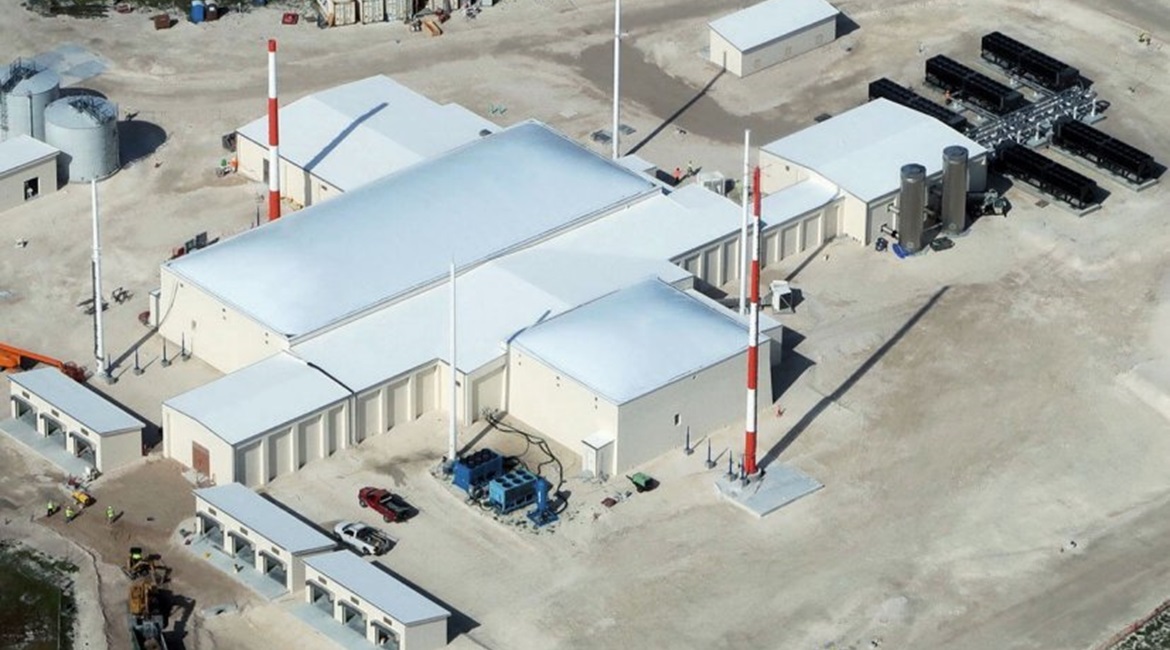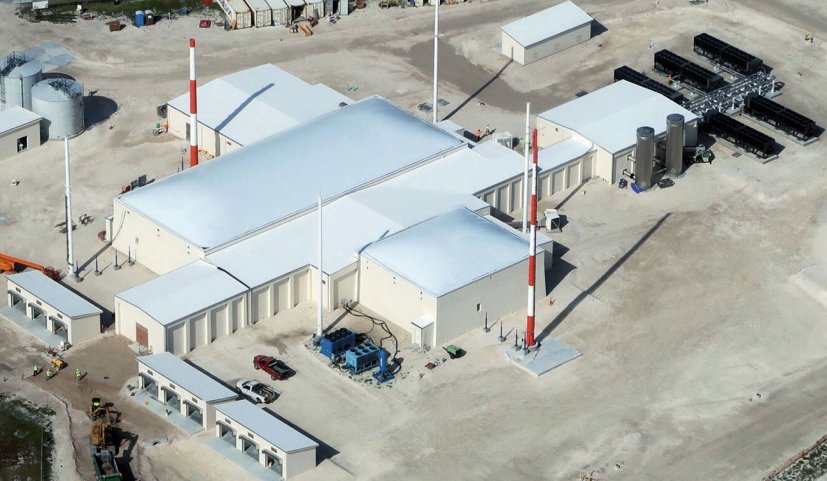
The US Air Force (USAF) is cooling on funding and procuring the second Space Fence space situational awareness (SSA) site because the programme’s mission changed from space traffic management to detecting attacks and transitioned from a military to civilian need, according to a former USAF and Pentagon official.
Douglas Loverro, former deputy assistant secretary of defence and former USAF Space and Missile Systems Center (SMC) director, told Jane’s on 21 June that the big need when the programme was founded in 2007 was space traffic management – tracking the 20,000 objects, mostly in low Earth orbit (LEO), and ensuring objects did not collide with each other. The legacy Air Force Space Surveillance System (AFSSS), he said, was not able to track very small objects reliably enough.

Lockheed Martin's Space Fence has been tracking space debris and receiving operationally relevant data in preparation for its handoff to the USAF, originally scheduled for mid-2019. (Lockheed Martin)
Loverro said by the time prime contractor Lockheed Martin was awarded a contract in 2014 to procure the first Space Fence site, the Pentagon’s view of space traffic shifted from avoiding collisions to detecting attacks. The commercial space industry, he said, was also on the cusp of large growth in small satellites, which caused the Pentagon to realise that this was going to become a civil problem of space congestion, not a military problem.
“Our mission is not really to go and do civil traffic management and traffic cop in space,” Loverro said. “Our mission is to do defence against attacks. While Space Fence is a great system … attacks in low Earth orbit do not require two space fences; they only require one.”
Looking to read the full article?
Gain unlimited access to Janes news and more...




